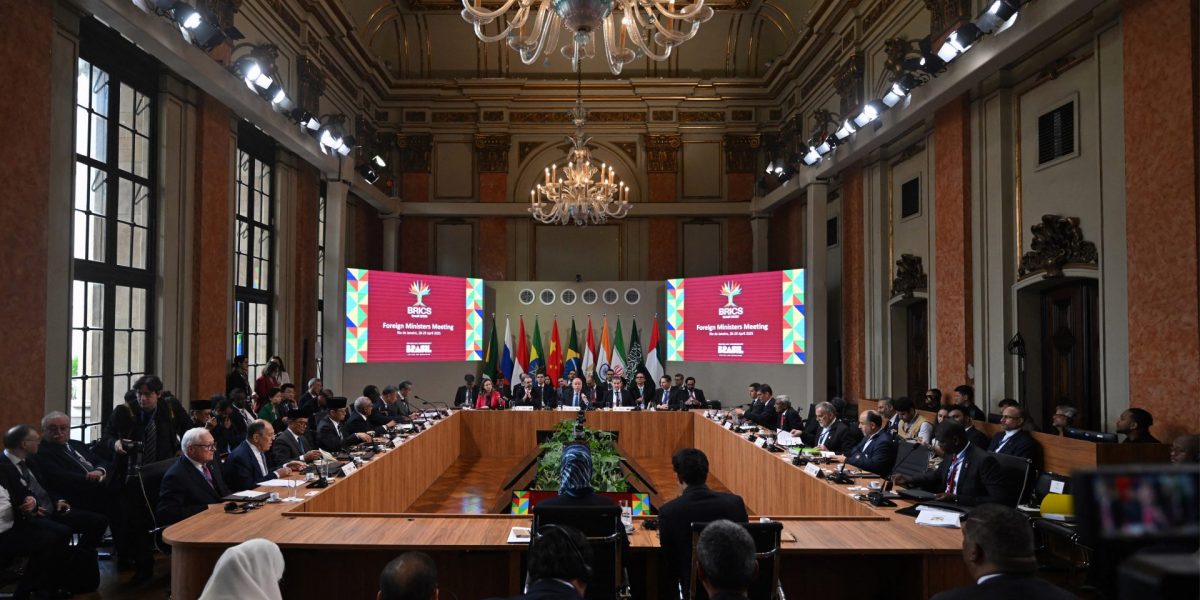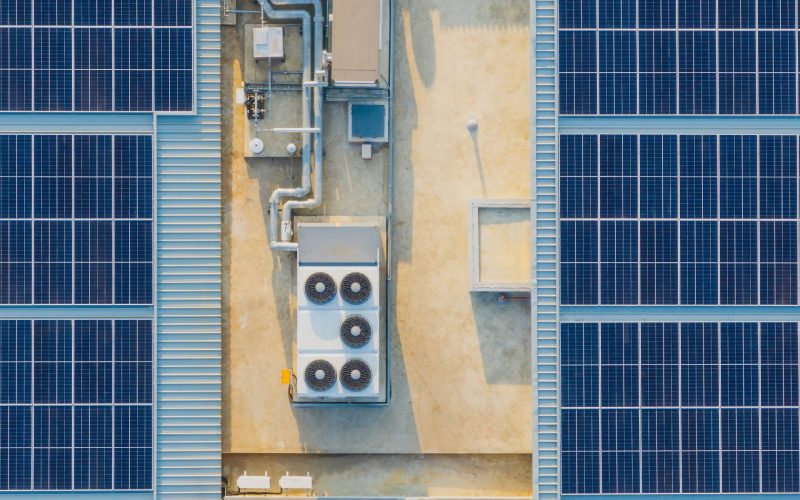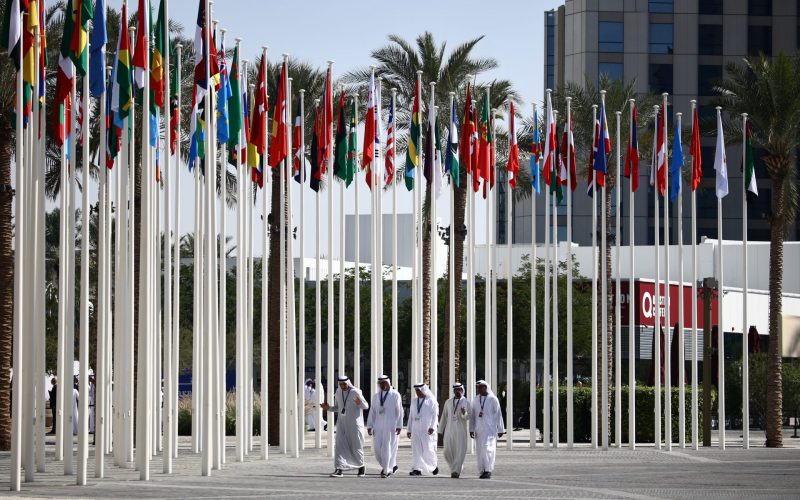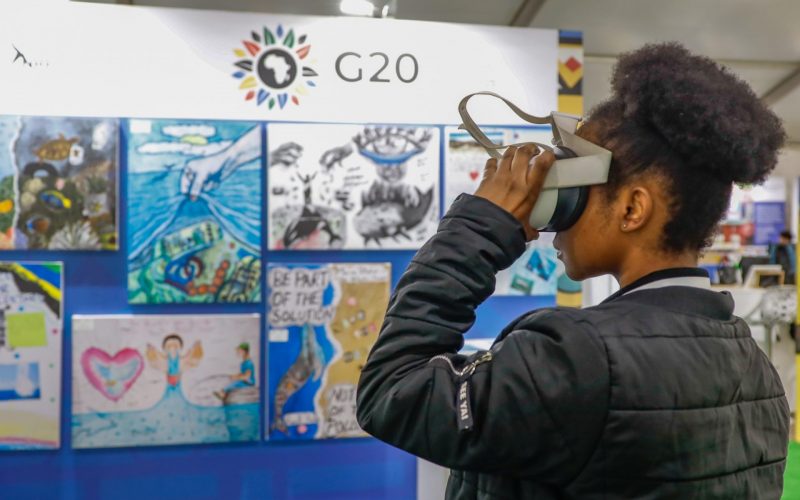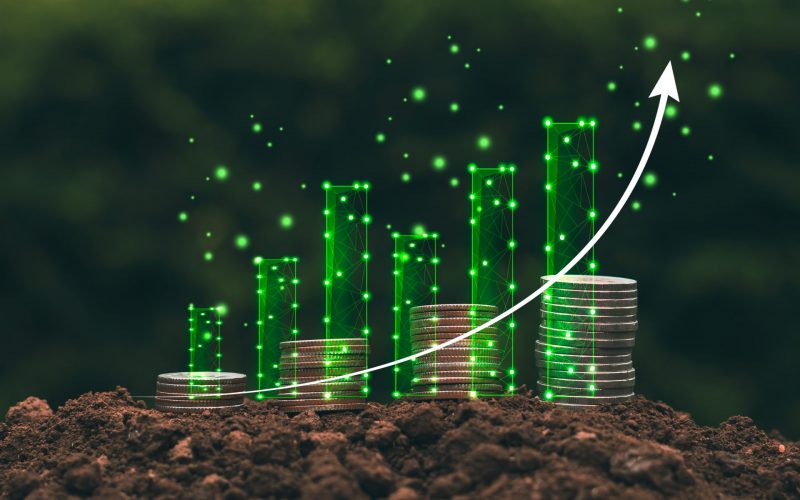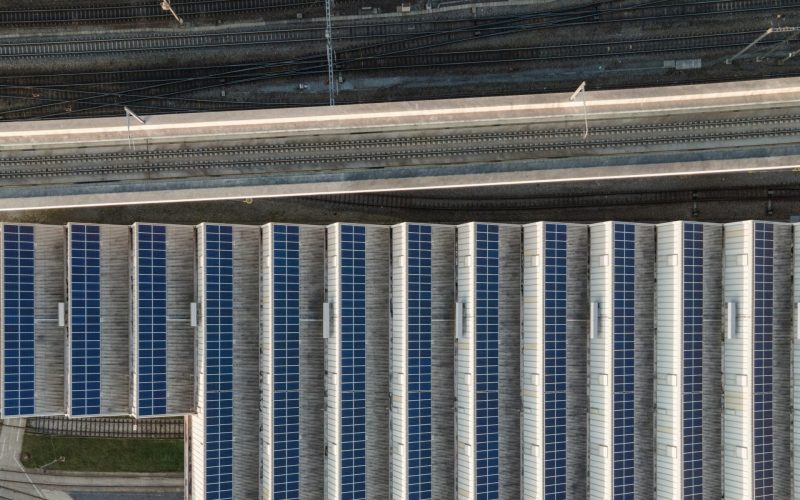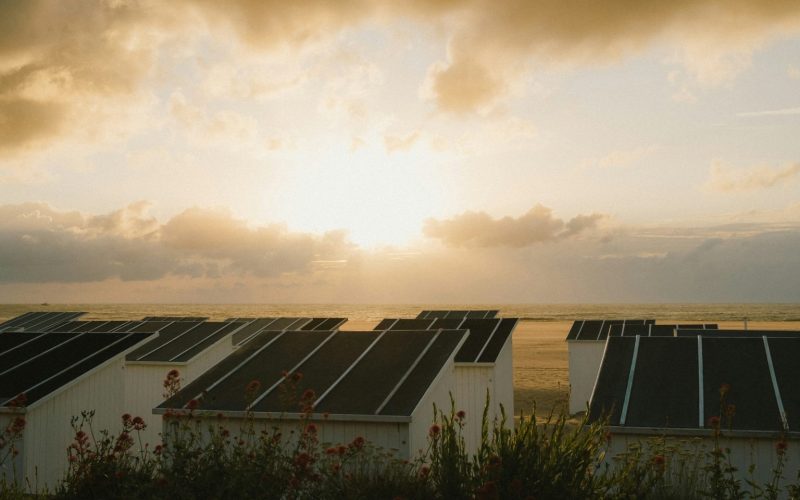The BRICS bloc has become increasingly prominent in the global multilateral system, yet questions remain around its impact, given the significant diversity among its member countries. With global action on climate change facing challenges on multiple fronts, can BRICS emerge as a source of leadership?
There’s been a lot of media interest lately in the BRICS expansion – Indonesia, Saudi Arabia, Egypt, Nigeria – who is officially part of BRICS?
It does get rather confusing. Most people are familiar with the countries that make up the BRICS acronym: Brazil, Russia, India, China and South Africa. In 2024 four new members joined, two from Africa (Egypt and Ethiopia) and two from the Middle East (Iran and the United Arab Emirates [UAE]). Argentina had also been invited to join, but following its elections and a change of government in late 2023 it withdrew its application. In January this year, Indonesia became the next official member of BRICS, bringing the total membership to 10 countries. It’s important to note that Indonesia was not a new expansion phase – it had been invited together with the other new members in 2023 but indicated that it would need more time to finalise its membership, as it was in the midst of elections at the time. Saudi Arabia has also been invited to join the bloc, but has neither confirmed nor rejected membership, so while it does engage with BRICS, it is currently not formally a BRICS member country (although this could change at any time as the invitation still stands).
To make it even more confusing, last year nine additional countries were recognised as ‘BRICS partner countries’ – these are not full members but their status as partner countries does give them a formal affiliation with the bloc. These countries are Belarus, Bolivia, Cuba, Kazakhstan, Malaysia, Nigeria, Thailand, Uganda, Uzbekistan and Vietnam. The idea is that these partner countries can benefit from BRICS decisions and attend meetings, without voting. Part of the priorities for BRICS this year is to create a process that clarifies the different roles and responsibilities of BRICS member states and partner countries.
Pro tip: even with its new members, the bloc is still referred to as BRICS, not BRICS+. BRICS+ is the outreach process created during the China presidency in 2017, which provides the opportunity for countries of the Global South to engage with BRICS members at the end of the summit.
The group includes many states that are reliant on oil and gas production – doesn’t that mean that we should expect resistance to climate action?
It’s true that BRICS countries collectively account for more than half of global gas reserves and over 40% of global oil production. At the same time, you have countries such as Brazil, which is the world’s second largest producer of biofuels and relies on renewables for well over 80% of domestic electricity production, primarily through hydropower (bearing in mind that Brazil is also an important oil producer). Ethiopia’s electricity production is dominated by hydropower, while Egypt is investing heavily in renewable energy, chasing a target of 42% renewables in the country’s energy mix by 2030.
China is a special case – since 2006 it has been the largest source of global carbon emissions, and it accounts for more than half of global coal-based power production. At the same time, it is a renewable energy behemoth, accounting for over 60% of global renewable energy capacity additions in 2024 and dominating clean technology supply chains. We’ve become used to thinking about China as the world’s manufacturing powerhouse, but it’s important to emphasise that it is also playing a leading role in research and innovation necessary for further enhancing renewable energy efficiency, bringing down costs and developing the next generation of clean energy technologies.
We shouldn’t be too quick to write off those states that remain heavily reliant on fossil fuels today; they are aware that the energy transition is coming, and it won’t help them to be behind the curve. Those petro-dollars can be directed into renewable energy innovation and deployment, while also allowing for higher levels of risk tolerance. It is true that the UAE’s Masdar City initiative, which was to serve as a groundbreaking urban hub for clean energy, sustainable living and business, has not managed to live up to the hype, but let’s also acknowledge that the Emiratis were willing to take a chance on such a bold, forward-looking initiative. The UAE announced significant new climate finance commitments during its hosting of COP28, including investments in Africa and other developing regions.
But what you are describing are the actions of individual BRICS countries such as Brazil, China or the UAE. What is BRICS doing as a bloc on climate and energy?
What we have seen in BRICS summit declarations is an ongoing commitment to multilateral solutions to climate change, with the UN Framework Convention on Climate Change (UNFCCC) negotiation process at its centre. Considering that the US has just withdrawn for the second time from the Paris Agreement, this commitment to multilateral responses to climate change is not insignificant. There are also typically commitments to cooperation on clean energy development and enhanced energy efficiency, with an emphasis on the fact that energy transitions must be just and inclusive, while also drawing attention to the UNFCCC principle of common but differentiated responsibilities and respective capabilities.
This has been backed up by BRICS mechanisms and processes. A BRICS Energy Research Cooperation Platform was established back in 2018 and this year we had the adoption of the second five-year Roadmap for BRICS Energy Cooperation. There has also been some innovative thinking by structures such as the BRICS Business Council around energy cooperation, including a proposal to establish a Centre of Excellence on the Just Transition.
On the other hand, there is an ongoing reference to the importance of fossil fuels to many BRICS economies. In this regard, BRICS tends to emphasise ‘technological neutrality’, which essentially means that we should focus on greenhouse gas mitigation rather than demonising a particular fuel source like oil or coal. If there are ways to reduce emissions from fossil fuel sectors while maintaining production, then these should be explored. The statement by the BRICS Energy Ministers’ Meeting earlier this year is illustrative:
We respect the right of states to independently choose energy transitions pace and paths. We share the view that improved energy efficiency and the efficient use of all energy sources and technologies, including but not limited to renewable energy, bioenergy, fossil fuels, nuclear energy and hydrogen produced from zero and low emission technologies, carbon abatement and removal technologies are crucial for a just transition towards more flexible, resilient and sustainable energy systems.
A bit of a mixed bag then. Still, is it not perhaps expecting too much to talk of BRICS climate leadership?
I like to think about BRICS action in three spheres: 1) cooperation between BRICS members as a bloc; 2) BRICS as an actor that can reshape global multilateral processes and institutions; and 3) BRICS partnership with the broader Global South. When we look across these three areas of influence, I do think it’s fair to say that there are opportunities for leadership. Within the BRICS bloc itself, shared research and innovation combined with innovative financing can advance green technologies and help drive down costs. While BRICS is not a formal negotiating bloc within UNFCCC processes, it can nevertheless help to maintain a commitment to multilateral climate responses, while consistently pushing for adequate, accessible and better targeted climate finance, as well as emphasising the importance of just and inclusive energy transitions. In its partnerships with the broader Global South, some of this is going to be directed through bilateral actions, as we have seen with the climate finance and clean energy commitments of China and the UAE towards Africa, for example. There is also scope for more direct engagement through BRICS structures, with the BRICS partner countries serving as an entry point.
While we shouldn’t gloss over the challenges that lie in advancing a more ambitious BRICS climate and energy agenda, neither should we be too quick to dismiss BRICS as a significant actor in addressing the climate catastrophe. This year, Brazil holds the BRICS presidency and is hosting the COP30 climate negotiations. It is working hard to mobilise support within BRICS for a successful COP and a longer-term legacy for climate action within BRICS. We are also seeing climate change explicitly mentioned in other BRICS policy issue areas, such as agriculture and land restoration. In this effort, Brazil has many allies. At a time when climate diplomacy is undeniably under pressure, we should look for wins wherever we can find them. The reality is that we are going to have to bring all states along in the global energy transition if we are to effectively address climate change, and that includes those states that currently rely on oil and gas for a significant share of their economies. I doubt that we will see language about ‘phasing out’ fossil fuels any time soon in a BRICS document, but that doesn’t mean that cooperation on shared research and investment, joint projects and innovative financing cannot be successfully promoted to scale renewable energy, reduce carbon emissions from fossil fuel-based energy production and make clean technology more cost competitive.
What should we be looking out for from SAIIA on this issue?
We are in the final stages of an exciting project that we have been implementing with the support of the South African BRICS Think Tank. The objective of the project is to contribute towards shaping a Global South economic cooperation agenda that supports green growth, development and a just transition in targeted countries and in global economic governance forums. We have pursued this through research, policy dialogues, network development and capacity-building activities centred on Brazil’s and South Africa’s approaches to the just transition. Policy briefings, working papers and other project outputs will soon be available through SAIIA’s project page.
Then, SAIIA’s Futures Programme and our Climate and Natural Resources Programme are working together on a collaborative platform we are calling the Transformative Energy and Climate Futures Policy Innovation Lab. This lab has been launched with an initial project focusing on the BRICS climate and energy agenda. Keep an eye on SAIIA’s website for upcoming project outputs.
All SAIIA’s climate and energy work can be accessed through this link.


